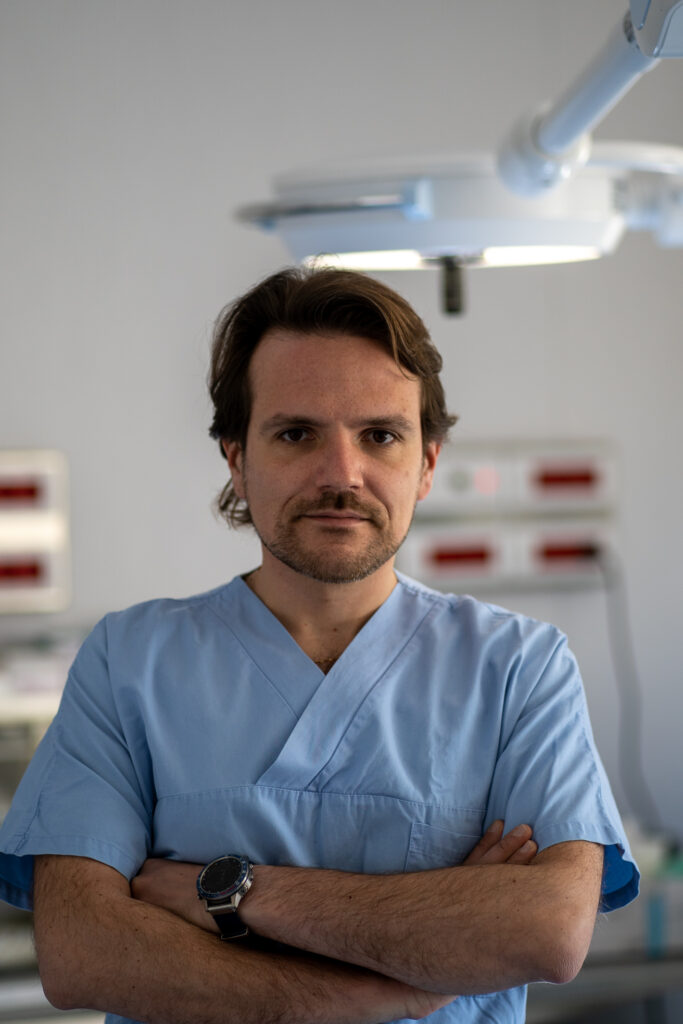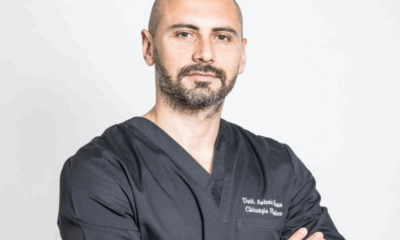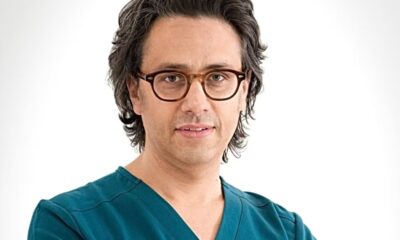Medical doctors and Surgeons
Otoplasty: aesthetic and psychological well-being
Otoplasty is a surgical procedure aimed at enhancing the aesthetics of the ear pinna. This intervention goes beyond physical correction, addressing psychological and social aspects as well. Dr. Matteo Lombardi, a reconstructive and aesthetic plastic surgeon with experience in Trento and Merano, narrates this process aimed at restoring confidence and security to patients.
Otoplasty: An aesthetic and psychological solution

Dr. Lombardi explains that otoplasty is often requested by young patients but can also be performed in adulthood.
«Generally, the patient becomes aware of an issue related to the protrusion of the ear pinna right away, – Lombardi explains – Indeed, younger patients are the main ones who come to my office».
Adults opting for this procedure may require additional steps to achieve the desired result. However, the benefits are manifold, including the aesthetic improvement of the ear pinna and a positive impact on the patient’s relational and social life.
The surgical procedure
«We start by making a small retroauricular incision, removing, if necessary, a small excess of skin and accessing the cartilage of the auricular concha».
The surgeon may proceed with the removal of a portion of cartilage, and subsequently, the anthielix groove is created, allowing the ear pinna to assume a natural shape. This process is completed with sutures that secure the concha to the mastoid, ensuring that the ear maintains its new position.
«The ideal age for performing this operation is generally around six to seven years, when ear pinna is fully formed – Lombardi justifies – In this way, the cartilage is softer, and the result is better. As we age, the cartilage becomes more fibrous, making the procedure more complex, and achieving the desired result may require two interventions».
The role of the sheath
Dr. Lombardi emphasises the importance of the sheath in maintaining the results of the intervention, especially in adults. «Cartilage has a high shape memory. Without the proper support of the sheath, the ears may return to their original position – the doctor highlights – Maintaining the sheath both day and night for at least forty days is crucial for the long-term success of otoplasty».
Dr. Lombardi points out that plastic surgery techniques related to the ears go beyond correcting protruding ears. They can also address congenital issues such as microtia (undersized ear) or macrotia (oversized ear), with procedures tailored to each situation.
Overall well-being through otoplasty
Otoplasty, in addition to enhancing aesthetic appearance, provides significant psychological benefits. «By restoring confidence and security, this surgical intervention goes beyond the surface, positively influencing the lives of patients – Lombardi concludes – Choosing the appropriate age, paying attention to the procedure, and providing proper post-operative support are essential for the success and satisfaction of the patient».




































